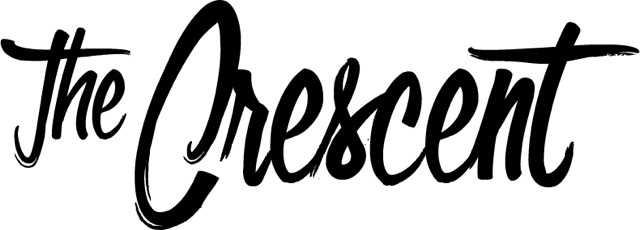Do Boycotts Actually Work?
Reported By: Sierra Reisman
Illustrated By: Addie Patterson
The use of boycotts as a tool for social change is a well-documented phenomenon throughout American history. Most notably, the Civil Rights movements used tactics like the Montgomery bus boycott to push for desegregation. Boycotts have historically been a powerful way to bring awareness to social justice causes, but do they actually lead to tangible change?
Since the Israel-Hamas war began Oct. 7, there have been calls to boycott corporations like Starbucks and McDonalds over their support for Israel. Also, in the last year, there’s been a major push by conservatives to boycott Bud Light over its partnership with influencer Dylan Mulvaney. Ideally, the purpose of a boycott is simple: forcing an organization to change its behavior by hurting its bottom line. This should be a way for consumers to leverage their financial power.
As it turns out, reality is rarely this simple. According to the Northwestern Institute for Policy Research, boycotts rarely have a significant impact on a company’s revenue. In fact, the measure of a successful boycott is not broad company losses, it’s media attention. Bad publicity hurts an organization much more than actual loss of revenue.
Boycotts are rarely successful as a purely financial tactic for several reasons. For one, it’s difficult to mobilize enough people with the concentrated will to break their habitual consumption patterns, especially if the target of a boycott is an extremely common product. Maintaining boycotts over a long enough time frame to actually make an impact is more difficult still. Alternately, boycotts can spark an equal and opposite reaction in buycotts, in which people on the opposite side of the issue in question mobilize to support the company being boycotted. This is the story of the failed Goya boycott over its support of Trump, which resulted in an increase in sales for the company.
Another issue with boycotting is the assumption that all consumers have the financial mobility to ‘vote with their wallets.’ Even among the most socially conscious individuals, not everyone can afford to make their purchases based on ethics rather than practicality. Under a capitalist economy, companies are often financially rewarded for immoral practices, and lower-income people often can’t afford to make political purchasing choices. For this reason. boycotts can have accessibility problems.
However, the idea that there is no ethical consumption under capitalism tends to conclude that consumers have no real economic power, and this simply isn’t true. While capitalist economies are not meritocracies and boycotts are not as simple as economic punishment for bad behavior, all hope is not lost. Boycotts have been successful historically; John Woolman (the namesake of George Fox University’s Woolman Apartments) led an English sugar boycott that contributed to the abolition of slavery, and boycotts were also crucially important to the collapse of apartheid in South Africa.
The challenge of today is making boycotts an effective tactic in an economy dominated by transnational corporations in which individual consumer power is more diluted than at any other point in history. The key to making a boycott successful is generating attention, damaging a company's reputation and mobilizing enough long-term support to make economic change possible. Responsible economic activism relies on individual consumers making the most ethical consumption choices they can, and larger social movements recognizing and respecting accessibility barriers. The impact of a boycott is not as straightforward as it seems, but the collective voice of consumers remains a powerful force.
